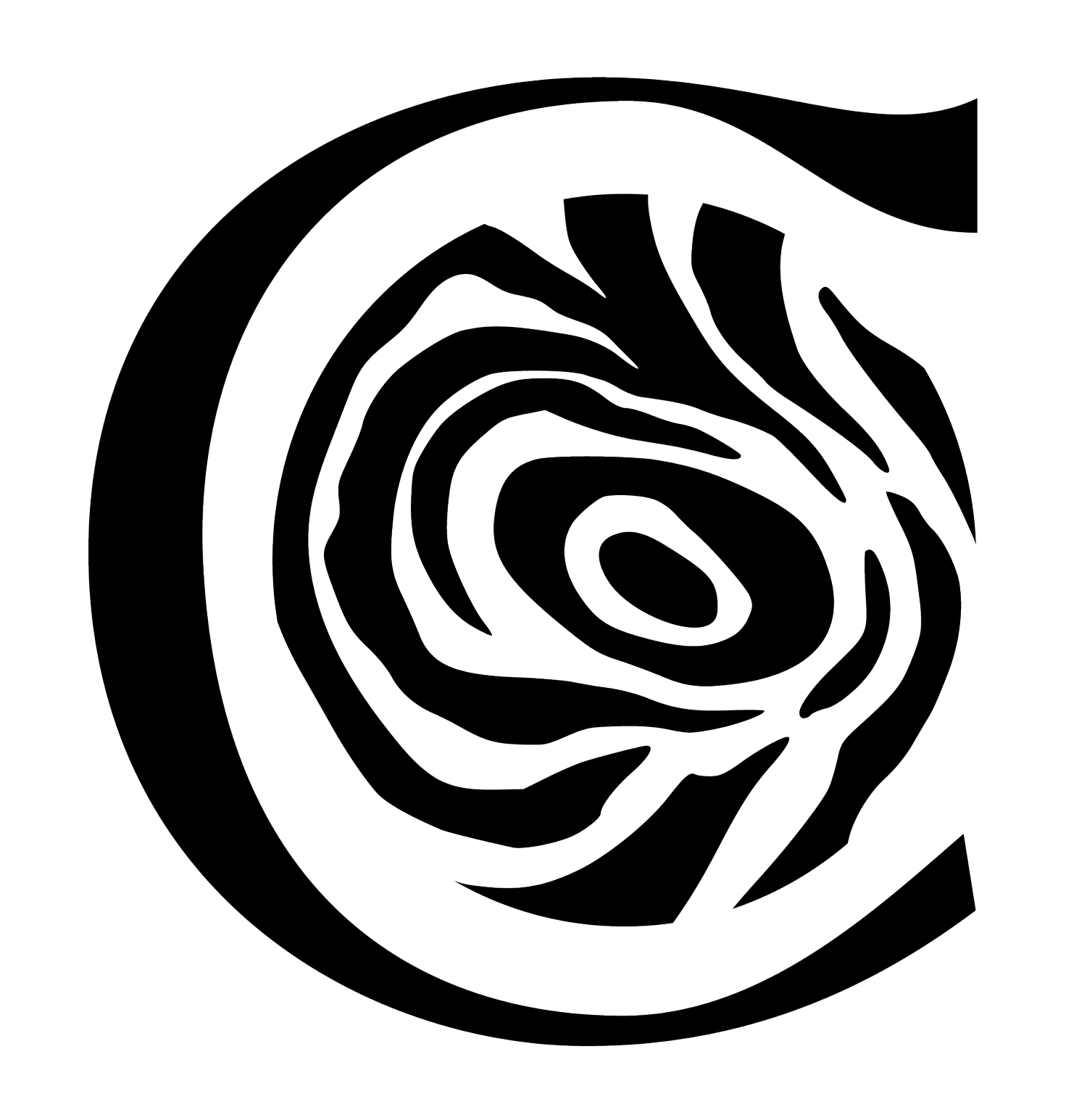A core value of Coda Wood Studio is to reduce negative health impacts on humans and the earth. This is why we’re intentional about wood sourcing, adhesives, and finish choices. Full disclosure - here’s what we use:
Adhesives
Hide Glue - This wood adhesive has been used by craftspeople for centuries. It is derived purely from connective tissue in animals (much like gelatin), so it is completely compostable. Hide glue is obviously not vegan, but we are happy to use an alternative if this is a concern for you!
PVA Glue - The most common glue used by woodworkers is a brand called Titebond. It falls into the same category as the Elmer’s glue you used for crafts in elementary school. Not compostable, but it is non-toxic. I always use Titebond III on cutting boards or other items that may have water contact, because hide glue is not water resistant.
Unibond 800 - This is a modified urea resin formaldehyde adhesive that we have resorted to when incorporating veneer because it is *so good* at its job. We are working to find a non-toxic alternative for veneering, so this will hopefully be removed from the lineup soon!
Epoxy Resin - A thermoset plastic adhesive. It’s a petroleum product with questionable toxicity, so we are still seeking an alternative. We currently use epoxy for bonding metal to wood, so anything you see with a metal inlay contains a very small amount of epoxy. Once cured, it is completely safe to have in your home, as long as you don’t start wailing away at it with sandpaper!
Finishes
Plant-based Oils - This can include walnut, coconut, safflower, hemp, tung, or any other plant-based oil. These are food-safe and compostable. They do not offer a lot of surface protection, especially over the long-term, and we suggest re-applying periodically for pieces that are finished only with natural oil.
Fun fact: mineral oil, while often used on cutting boards and considered food-safe, is petroleum-based, so we avoid it.
Wax - This may include beeswax, candelilla wax, or other plant-based waxes. Beeswax is not vegan so please let us know if that is a concern for you. Waxes offer a bit more moisture protection than oil alone, but still need reapplication from time to time.
Shellac - This is a traditional finish obtained from the secretion of the female “lac bug” on trees, mostly in the forests of India and Thailand. Naturally it is full of wax, giving it a deep amber color, but the wax can be removed with a chemical-free boiling process to get it closer to a clear finish. Totally compostable (we’re nerds about that) and offers a bit more surface protection than oil and wax.
Boiled Linseed Oil - This is different from raw linseed (flax seed) oil in that it has been processed with petroleum or metal additives to significantly quicken the cure time.
Polyurethane - At some point, plant and animal products do not offer the kind of surface protection necessary for a piece or client. This is when we use oil-based polyurethane. It’s produced by employing a mineral solvent to carry urethane in suspension. Urethane is a synthetic polymer or plastic made from an isocyanate and resin blend. A zinc oxide flattening paste is added to make the finish less glossy.
By the time it cures and gets to your home, polyurethane is completely safe and non-toxic, and provides a little extra protection from moisture and scratches. It is actually the safest synthetic finish out there, so it’s the only synthetic finish we use.
Colorants
Aniline Dye - A synthetic dye derived mainly from coal tar. While we still have a few pieces dyed this way, we’re excited to be experimenting with natural dyes to replace it.
Stain - Wood stain is polyurethane (see above under “Finishes”) with pigment added.
Structural Material
Hardboard - Also known as high-density fiberboard or HDF. It’s made from small wood fibers and wood pulp, densely impacted and then baked for added stability. This is usually employed as an extra tool in the shop, but may be used as a hidden structural component on a piece, such as a backer board for an inset mirror.
